
SpeedSF Blog
Every Build Has a Story – Meet the Cars of SpeedSF
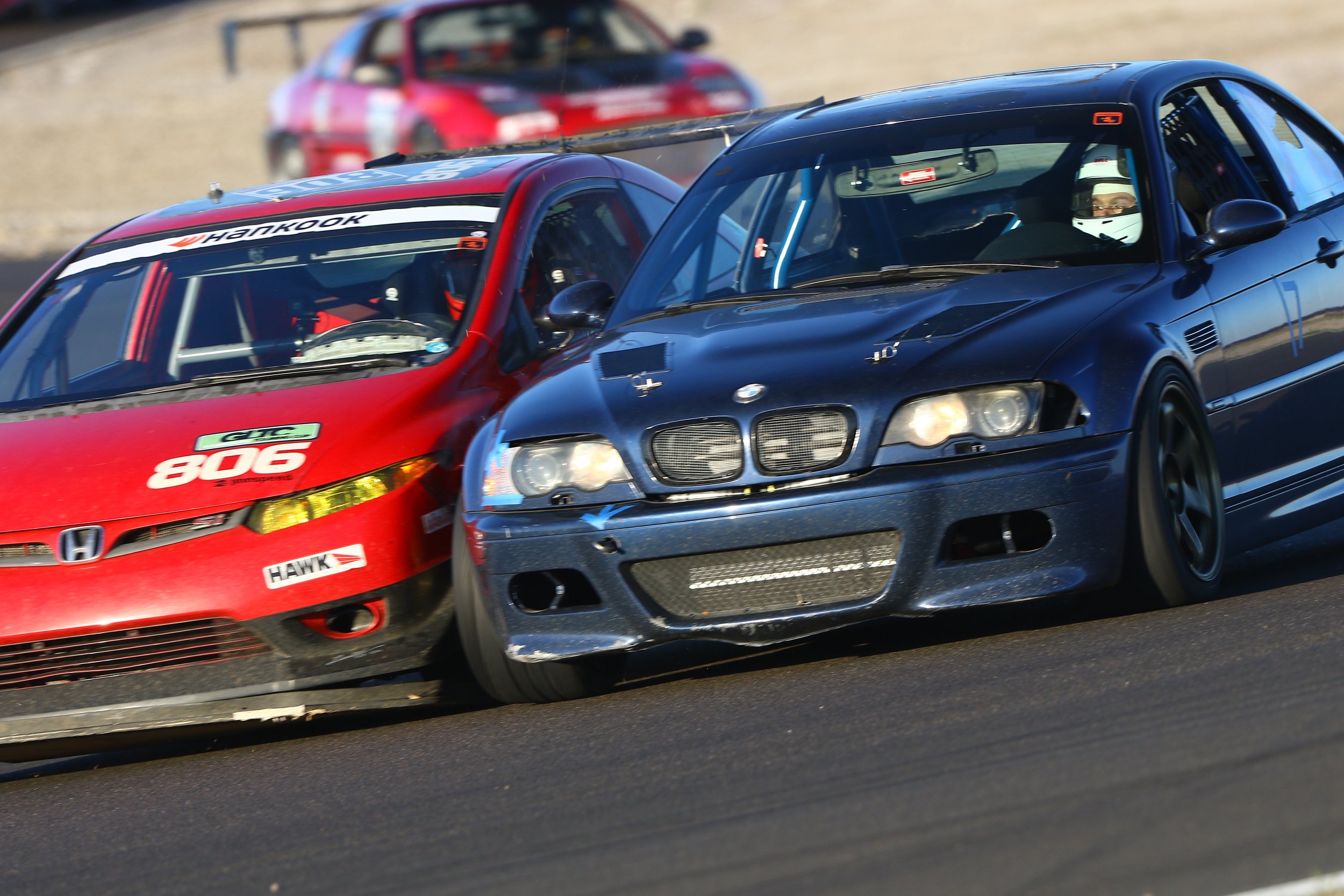
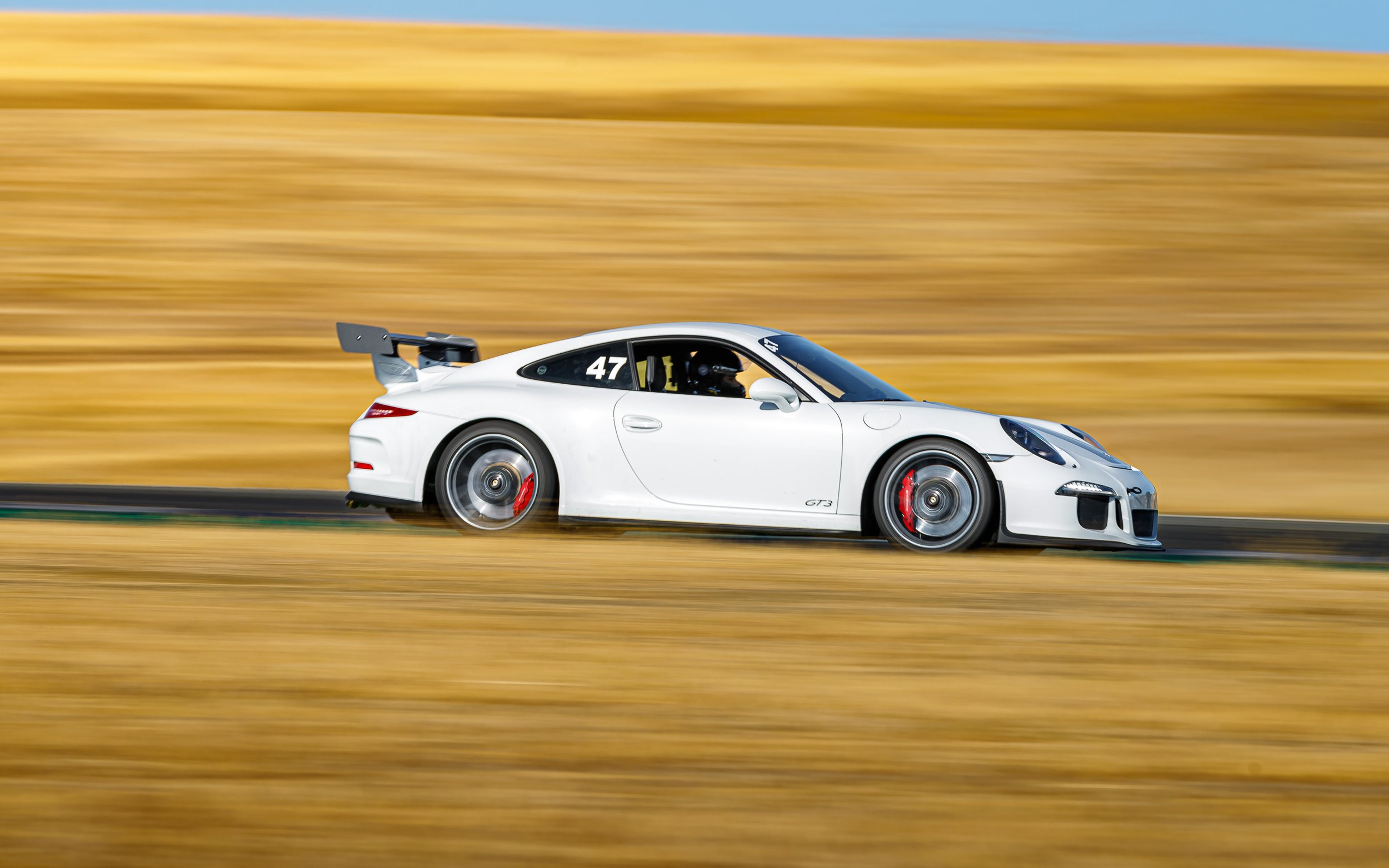
Spencer’s GT3: Scoping New Territory
Eager to track a Porsche but worried about the expense, Spencer Kimball had to consider if it was worth leaving his E92 M3 behind for a lightly used 991.1 GT3. As he learned, the process wasn’t nearly as painful as he worried it’d be.
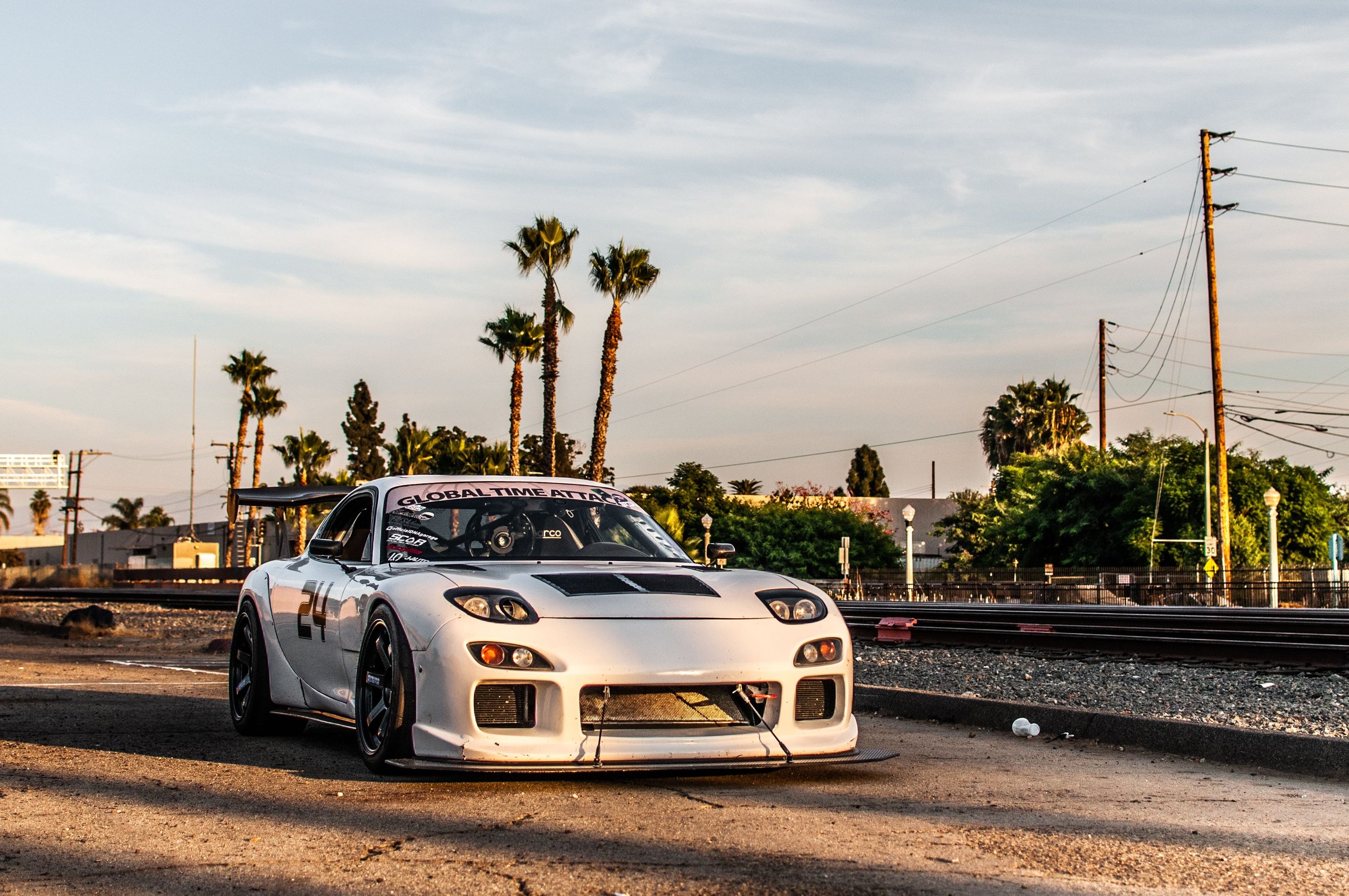
Johnson's RX-7: Refreshingly Reliable
After taking on the daunting task of road racing a turbo RX-7, Johnson dealt with the teething pains of a force-fed rotary, but his dedication to the platform has taught him what needs to be done to keep the particular powerplant happy.

Buttonwillow: Where to Eat, Where to Stay, What to Avoid
Driving Buttonwillow is an experience that shouldn’t be missed, but it requires you prepare for the heat, pick a decent hotel, and endure the long drive.
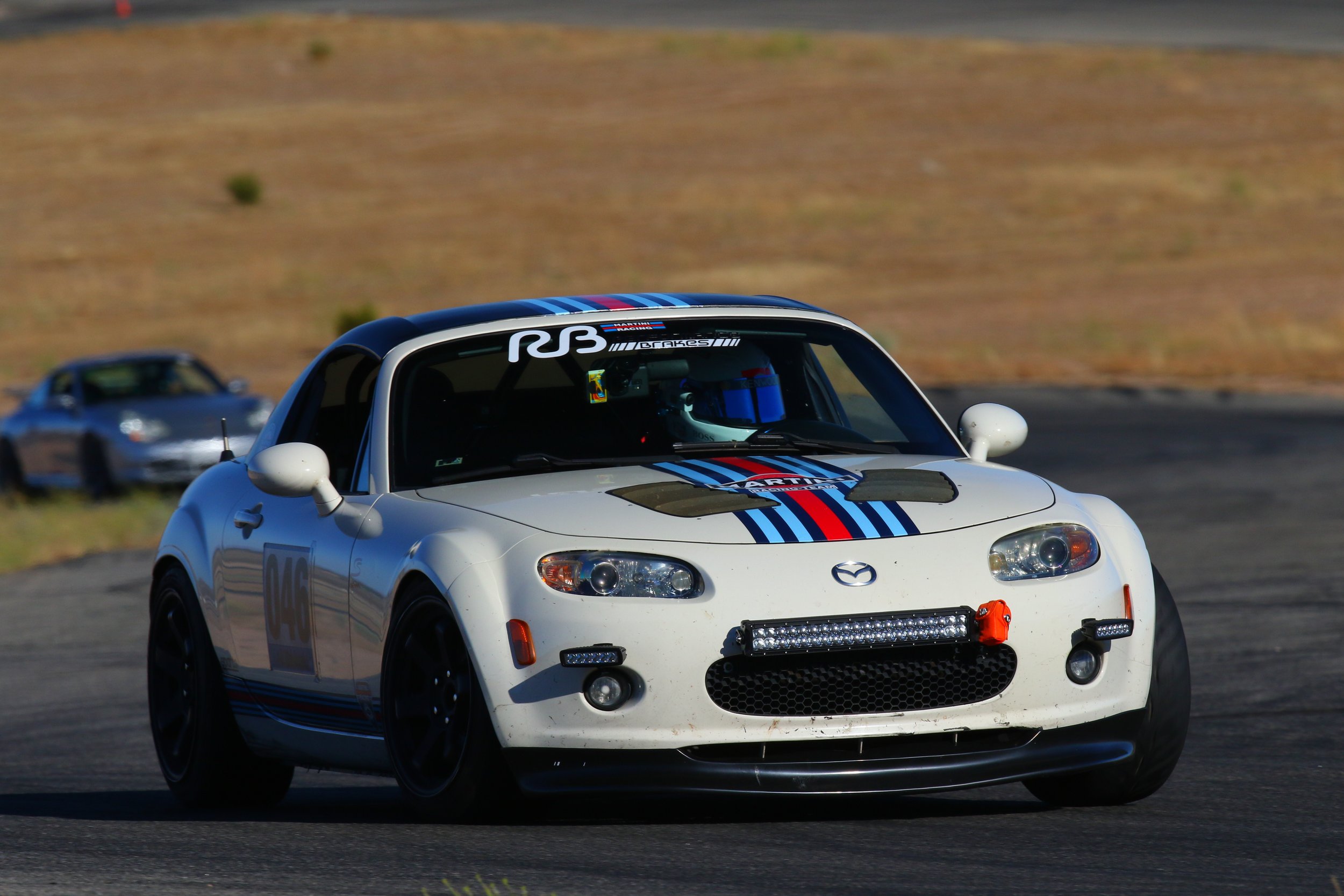
Andy's NC Miata: How To Make 300 Horsepower In 3 Not-So-Easy Steps
Intent on keeping costs low, Andy Boskovic started tinkering on a third-gen Mazda Miata. The need for more power was clear from the start, so he first tried to swap in a 2.5-liter engine from a Ford Fusion.
Then he turbocharged it.

Justin's IS F: Rekindling An Old Romance
After a seventeen-year sabbatical from racing, Justin Munoz picked up a capable sedan that, over the last few years, has helped him fall back in love with motorsport.

Peter's 2JZ-Swapped S13: Tweaking the Famous Drift Recipe
A succession of SR20 failures led to Peter Hong swapping a 2JZ into his Nissan S13. Though the new motor has saved him from some headaches, the bump in power has made the car into more of a drifter than it ever was.

James Snell's Supercharged S2000: Bold is Better
Not only did James Snell build himself into a handy driver in just a few years, he made this car—now supercharged—one of the cleanest all-round S2000 track toys in the SoCal scene.
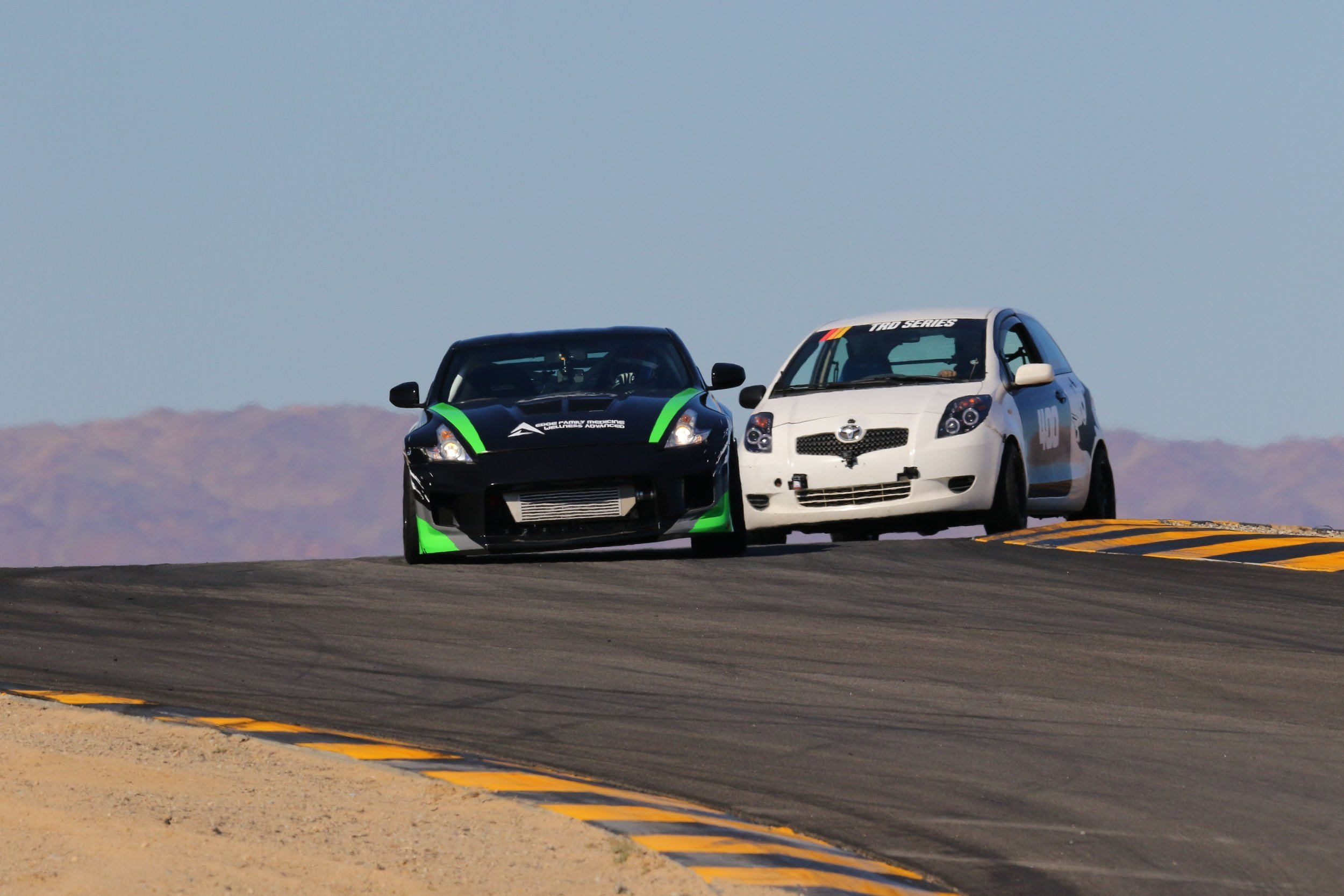
Joey's Yaris: Giving the Family Car a New Lease on Life
It was the car he and his siblings learned to drive in. Once all the kids were off on their own, Joey decided to give this once-automatic Yaris a shot at sexier second life.
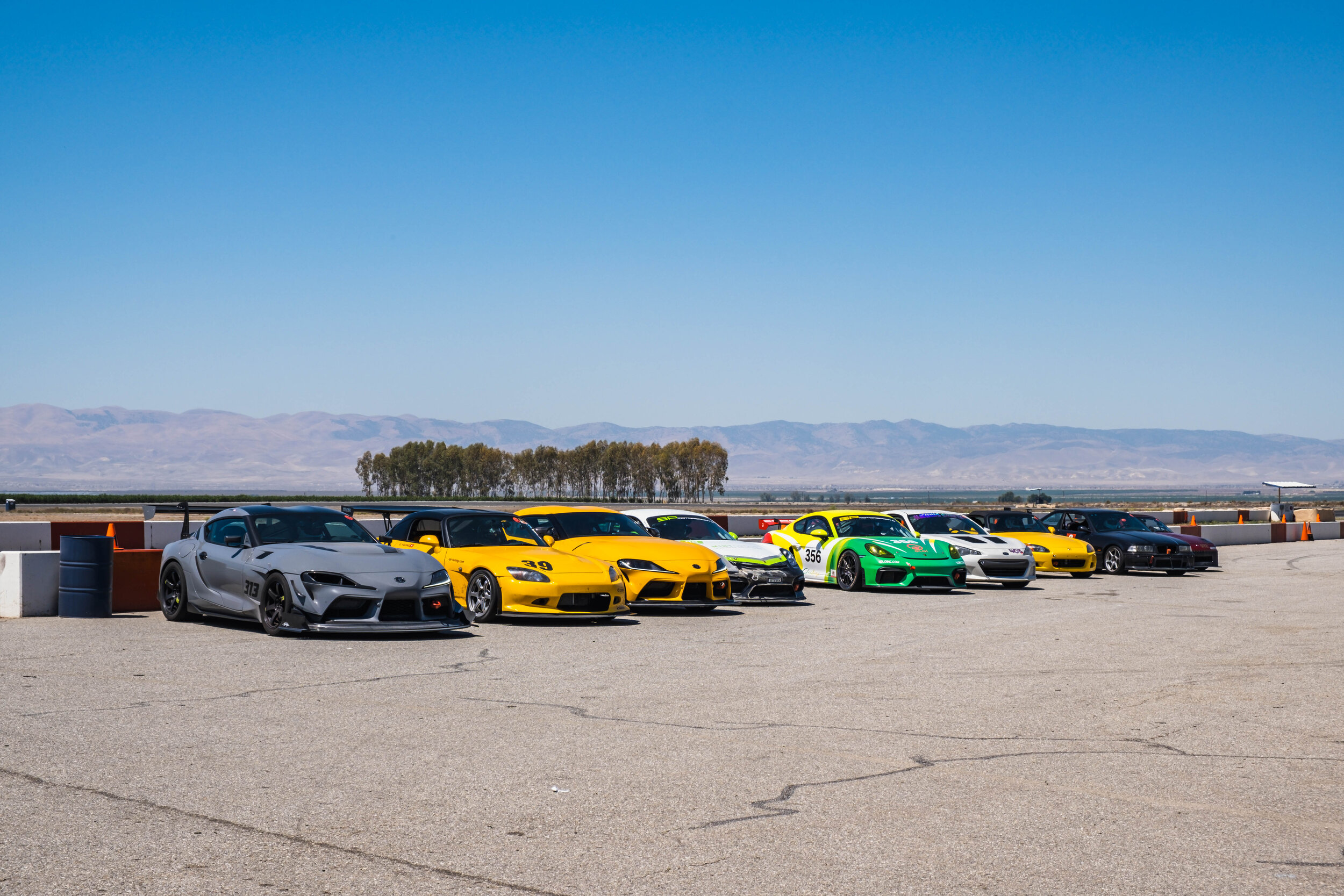


SPEEDSF CHALLENGE - NOVEMBER 29, 2019 - ROUND 13 @ BUTTONWILLOW RACEWAY
Ah, Black Friday. There are those that get up early in the morning to blow away their money on frivolous retail deals while jumping over each other and causing general chaos, and then there are those who get up early in the morning to blow away their money on gas, consumables, try outdo each other on a race track and cause controlled chaos. The latter sounds a bit more attractive.
What else is there to do after Thanksgiving other than to join the SpeedSF Challenge at Buttonwillow Raceway for the annual Black Friday event? 21 drivers certainly thought it was a good idea to join the party! With 3 new broken records, it certainly made for an entertaining post-holiday event!
